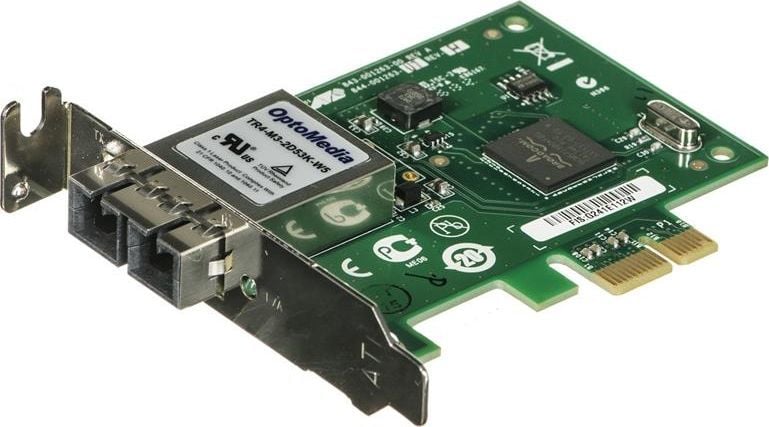
- Intel flash programming tool fptw64 update#
- Intel flash programming tool fptw64 full#
- Intel flash programming tool fptw64 software#
- Intel flash programming tool fptw64 download#
- Intel flash programming tool fptw64 windows#
I usually use the HPUSBFW_Special program for this, which is easy to google, and you will need to google a set of dos files to it. For those who do not like fun in the form of programming a "screwed up" flash drive with a programmer, to minimize risks, it is advisable to use the FPT version for dos, which means that you will need to create a bootable USB flash drive with this same DOS.
Intel flash programming tool fptw64 windows#
In all packages "Intel ME System Tools" FPT is present in dos, windows, windows 64bit versions.
Intel flash programming tool fptw64 download#
For Lenovo we download the package "Intel ME System Tools v7.1 r3", because as it is "For 6-series systems which come with ME firmware v7.x", and for Dell we download the "Intel ME System Tools v9.0 r2 ", By the way it is" For 8-series systems which come with ME firmware v9.0.x " The easiest way to get these tools is from this site. To access the SPI flash we will use the flash programming tool FPT, which can be found in the Intel ME System Tools package.
Intel flash programming tool fptw64 update#
It has many regions, in particular, the BIOS region, the one that we update most often by downloading it from the manufacturer's website and it also has a ME region that uses the Intel ME controller, which in turn implements AMT. In modern computers, a BIOS chip is a so-called SPI flash. "Bios" is written in quotes because it is not really a bios. And it is this firmware that we will correct to enable AMT. Its main component, the controller, is built into the chipset, and the controller firmware is in the BIOS. Intel AMT is based on Intel ME, a subsystem built into modern computing platforms. I deliberately indicated chipsets and processors, because to support AMT, they both need to support vPro technology.

Test subjects will be a Lenovo t420s laptop with a Core i5-2520M processor and a QM67 chipset, and a Dell Latitude e6450 laptop with a Core i7-4800MQ processor and a QM87 chipset. remote control technology at the hardware level, but for some reason blocked by the manufacturer.

Intel flash programming tool fptw64 full#
On the Dell OptiPlex 7010 I was able to put the machine into service mode and gain full read and write access to the BIOS.I got my hands on the second laptop supporting Intel AMT, i.e. Putting a jumper on to these pins allows the Intel Management Tools to fully read the BIOS, but the Intel Flash Programming Tool (fpt.exe) is not able to write back to it, and displays the message: C:\Intel ME System Tools v8 r3\Flash Programming Tool\Windows64>fptw64.exe -bios -f nvme.bin The HP 8300 motherboard has a similar function called FDO (Flash Descriptor Override): Dell studio one 1909 wont power on full# Version: 8.Ĭopyright (c) 2007 - 2014, Intel Corporation. W25Q128BV ID:0圎F4018 Size: 16384KB (131072Kb)Įrror 28: Protected Range Registers are currently set by BIOS, preventing flash access. Please contact the target system BIOS vendor for an option to disable Protected Range Registers.
Intel flash programming tool fptw64 software#
So I tried using an SPI programmer directly on the BIOS chip, which works, but is not easy to do for the following reasons: I tried various methods to enable write access to the BIOS with software solutions, but I was unable to.

If your output is different, do not continue further. Make sure you keep your backup file safe! If things go horribly wrong, you can use it to restore your machine back to it’s original state.


 0 kommentar(er)
0 kommentar(er)
